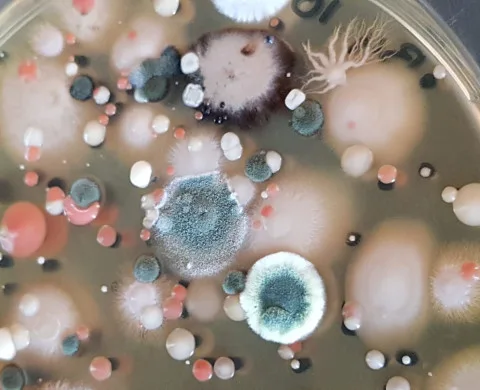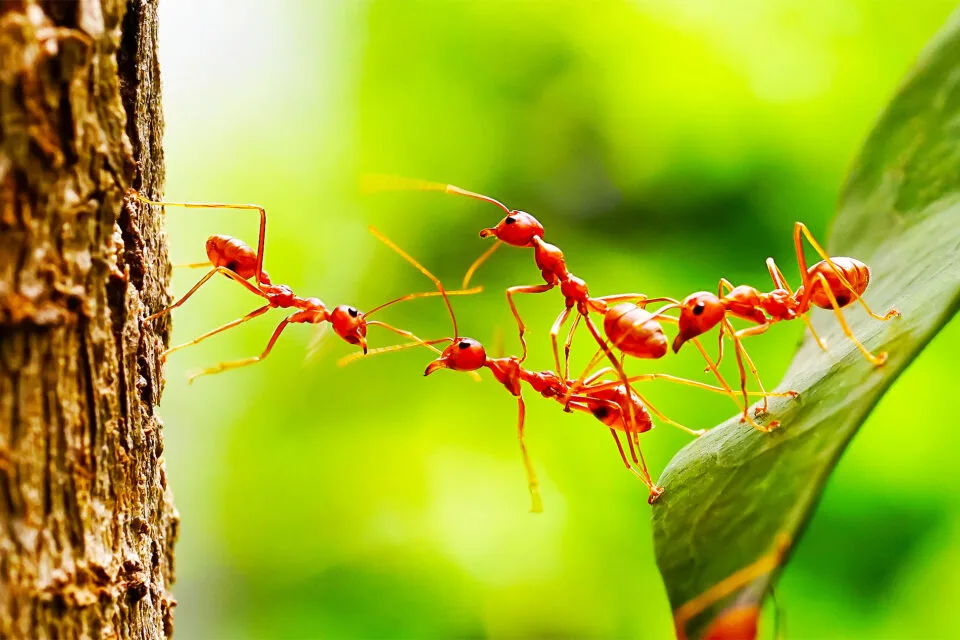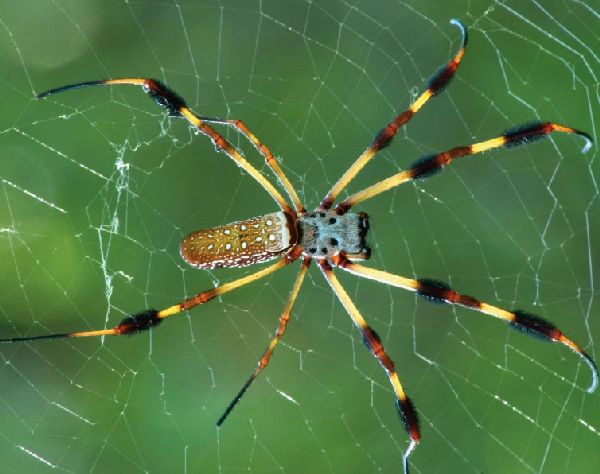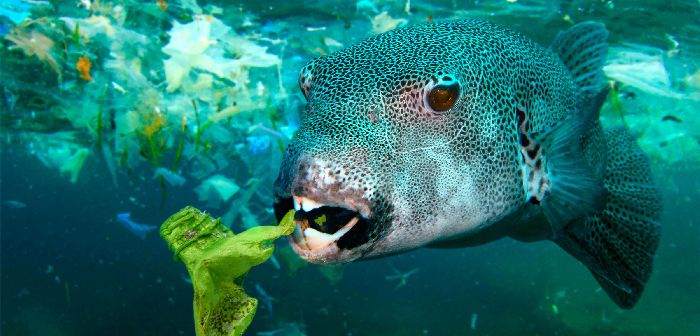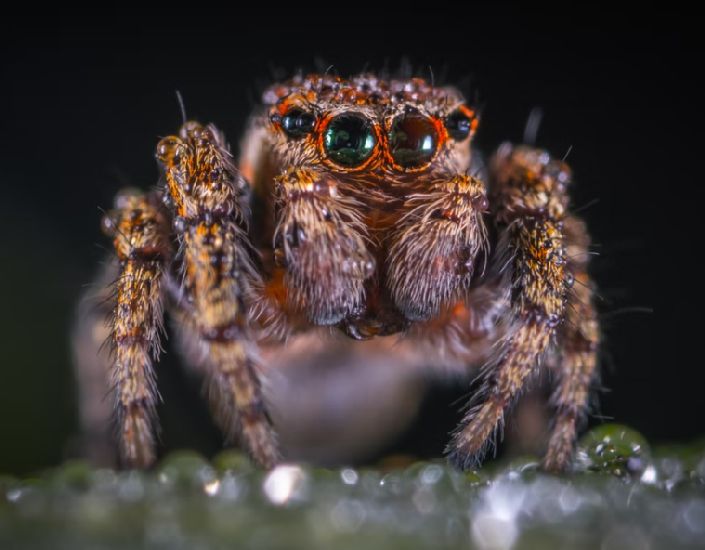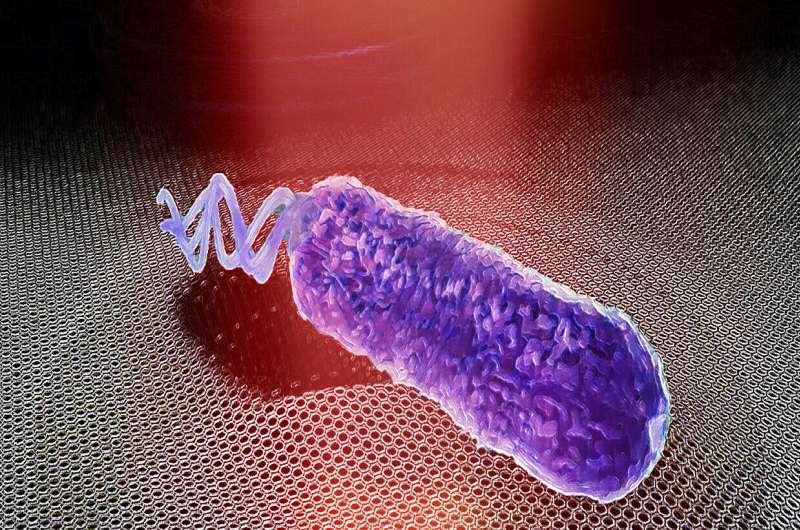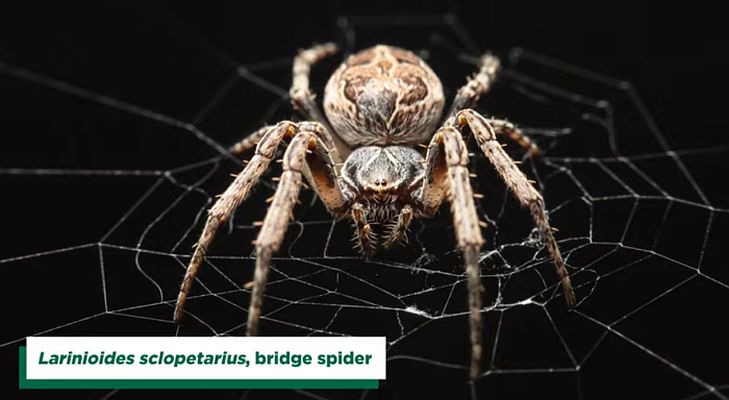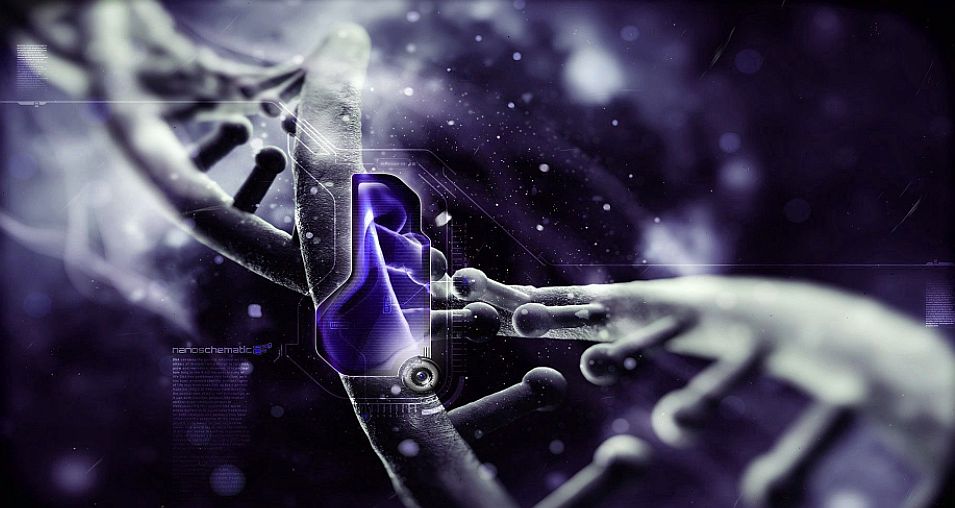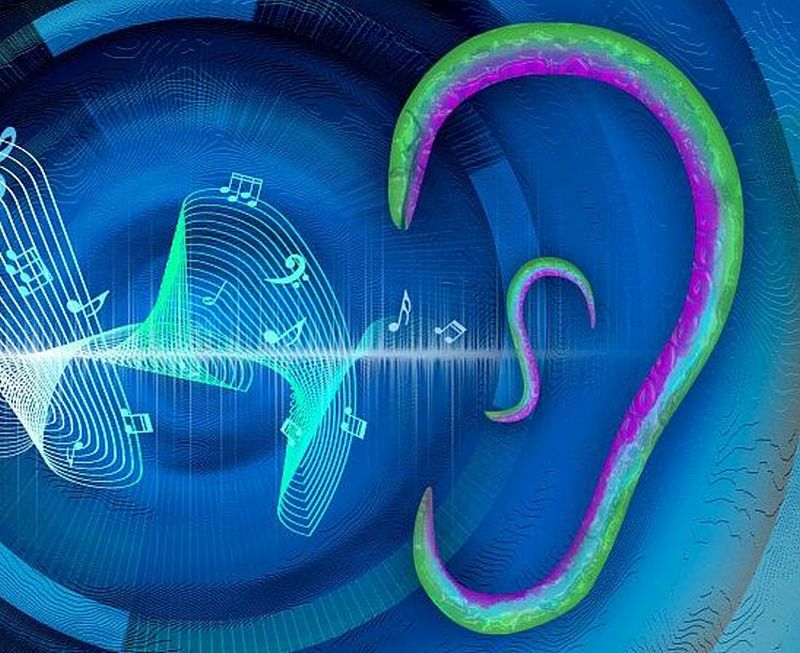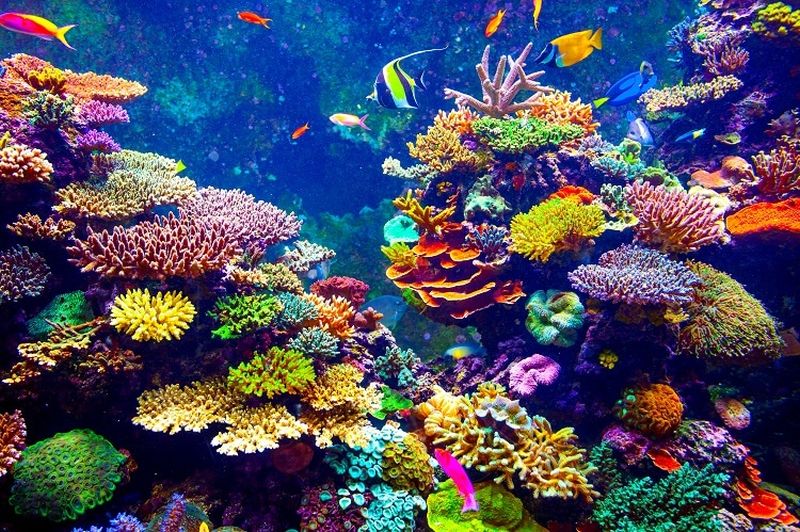A team of Chinese researchers have designed a dual-reactor system, which has the potential of transforming carbon dioxide (CO2) into a consumable single-cell protein, offering a sustainable solution for food production.
Read MoreCategory: Eco Tonics
Botanical Chatter: Unraveling the Intricacies of Plant Biochemical Communication Networks
Plants have a complex and in interesting biochemical communication networks. The workings of these networks resemble our web of social networks. Like we chat through words and sounds and emojis, the flora makes use of scents and signals.
Read MoreEvolution of Life’s Molecular Systems: Insights into the Rise of Nanomachines
Researchers at Université de Montréal (UdeM) have made a significant discovery regarding the evolution of molecular systems crucial to the development of life. Through the linking of molecules, they have uncovered insights into the emergence of intricate self-regulating mechanisms. Alexis Vallée-Bélisle, a professor at UdeM and the lead researcher of the investigation, explained that life’s sustenance on our planet stems from myriad nanostructures. These nanomachines have undergone evolution over countless years.
Read MoreBiofilm Microstructure Could Enhance Pathogenic Infection Control: Microbial Ecology
Generally, bacteria are envisioned as tiny, single-cell organisms scattered thinly on surfaces or floating in liquids. However, in various settings, bacteria prefer to grow in clusters known as biofilms. The formation of biofilms provides certain advantages to bacteria. In these clusters, bacteria can collaborate and create a protective environment that enhances their survival and growth. Biofilms, while aiding in kombucha tea production, present a challenge by complicating the control of bacterial growth. When bacteria form a biofilm, it acts like a protective shield, making the cells resistant to antibiotics.
Read MoreAnts can Communicate via Pheromone: A Sensory Hub in Brain
Ants are indeed fascinating creatures. Like humans, they too have developed social structures and sophisticated communication systems. They have evolved complex olfactory system. It enables them to use various types of pheromones for communication.
Read MoreMolecular Atlas of Spider Silk: Fibrous Protein Assembly
Researchers at Southwest University in China have successfully constructed the chromosomal-scale genome assembly as well as the complete spidroin gene set of the golden orb-weaving spider. The chromosomal-scale genome assembly represents genome sequence; while the spidroin refers to proteins in spider silk. Different spidroins determine the varieties in spider silks. With this new insight, researchers can dive deeper into the silk-producing capabilities of spiders. Eventually, this might lead to the development of new materials with desirable mechanical properties.
Read MoreMicroplastics Aggravate Severity of Disease: Fish Mortality
Recent study has shown that the presence of microplastics can increase the severity of a viral fish disease. This highlights that microplastics not only pose serious threats to ecosystem and human health, but also to aquatic organisms.
Read MoreRetinal Movements of Spider suggest REM Sleep: Arachnid is Dreaming
After researchers have figured out that spiders use their silk to hear, scientists have discovered that arachnids have patterns of sleep cycles. In one such observation, they not only twitched their legs toward the sternum but and flickered parts of their eyes. The phenomenon is similar to REM sleep-like state.
Read MoreBacterium Flagellar Beats on Graphene: Microbial Melody
Anything that vibrates, creates sound. This implies, microbes too must emit noise. Does this mean, we can also hear disease? Pathogenic bacteria mixed with other healthy microbe bacteria might sound in a certain way. So, if this technology is used for diagnostic purposes, we could we hear disease!
Read MoreSpiders Can Use Their Silk to Hear: Acoustic Properties of Webs
Researchers at Binghamton University, in collaboration with Cornell University, suggest that spiders use their webs to assist in their hearing mechanism. Distinguished Professor Ron Miles and doctoral student Junpeng Lai conducted the experiment at the Binghamton University anechoic chamber.
Read MoreDNA Mutations are Not Random: Genetics Challenges Evolutionary Theory
Plant evolves to protect itself, there is no random mutation at DNA level. In a collaborative effort, researchers from University of California, Davis, and the Max Planck Institute for Developmental Biology in Germany concluded that when it comes to mutations, there is no such thing as randomness. In fact, it is in a non-random way that benefits the plant, claimed Grey Monroe, an assistant professor in the UC Davis Department of Plant Sciences.
Read MoreWorms Sense Sound Through Skin: Auditory Transduction
Researchers at University of Michigan Life Sciences Institute have determined that even though the roundworms lack ear like organs, still they are able to comprehend sound.
Read MoreProbiotics Protect Bleached Corals from Death: Beneficial Microorganisms
Coral reefs harbour the highest biodiversity of any ecosystem globally. Constant rise in temperature is causing havoc to marine life as well. Coral reefs across the globe are suffering from bleaching and mass mortality due to warming ocean temperatures. Recent research by King Abdullah University of Science and Technology (KAUST) shows probiotic treatment can boost coral health.
Read MorePETase with MHETase Speed Up The Breakdown Of Plastic: Enzyme Innovation
We live in a plastic era. Ubiquitously, the substance is found in our household and communities across the globe. Not only we have filled up our land but also oceans with plastic. Worldwide waste management market size is expected to reach $484.9 billion by 2025 from $303.6 billion in 2017.
Read MoreHuman Cacophony Impacts Immunity Of Aquatic Organisms: Noise Pollution
Human created noise impacts behaviour and physiology of underwater creatures. Stressed by noise pollution, fishes are not able to ward off diseases and this eventually leads to early death.
Read More



